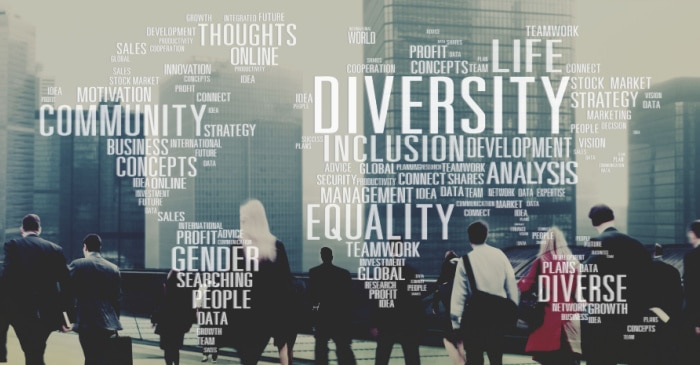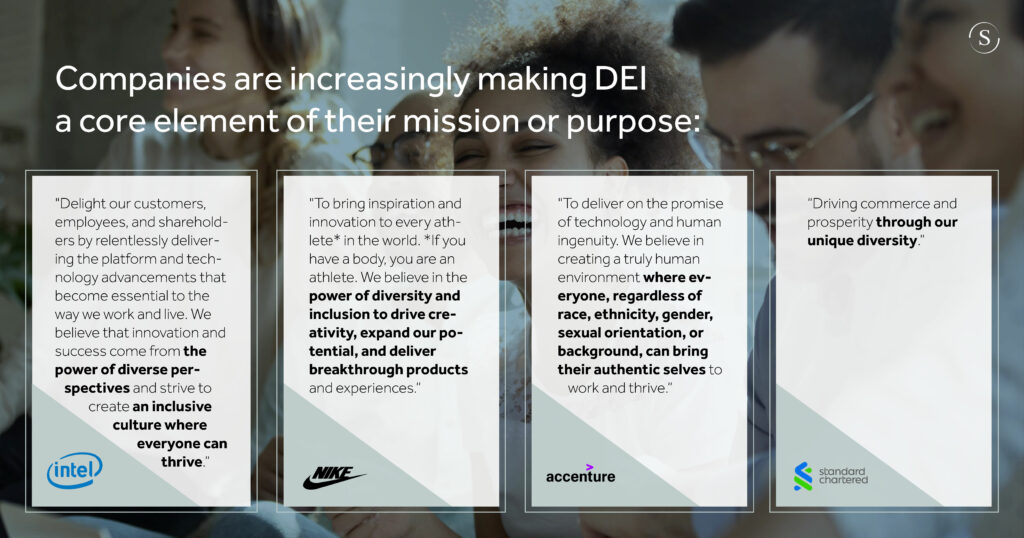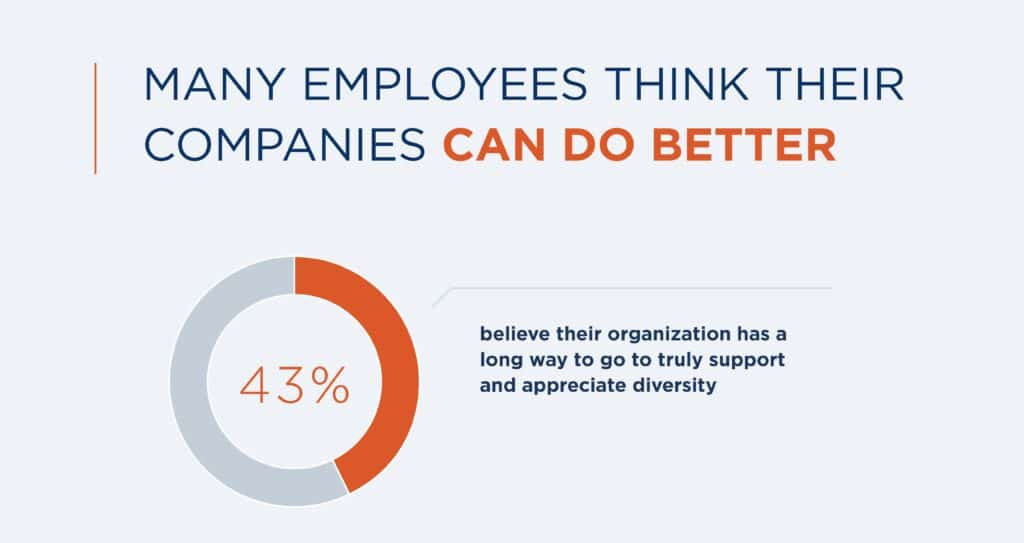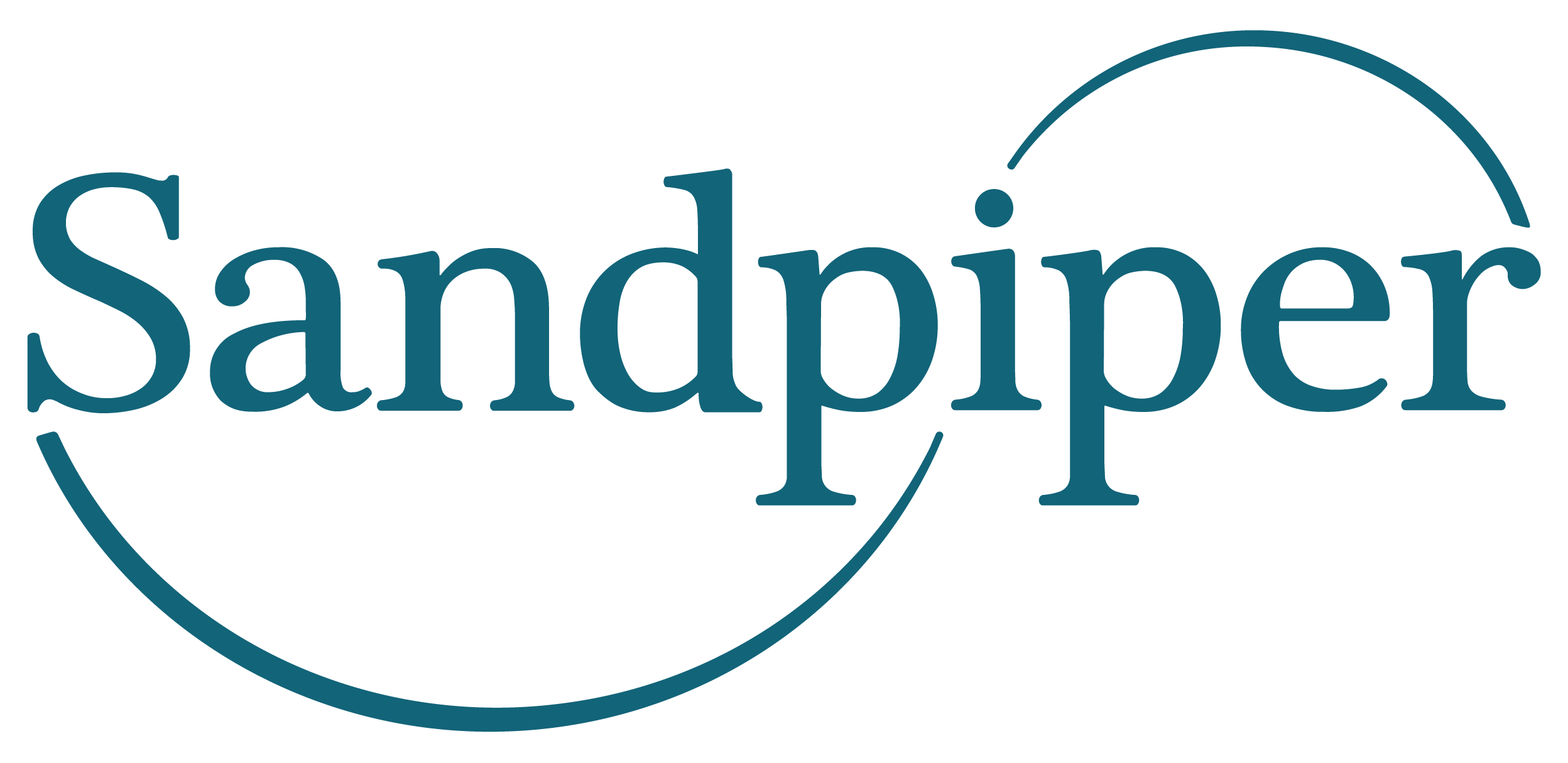
Central Banks, Fintech, and Crypto – The Financial System of the Future

Sandpiper Health’s Support for Patient Advocacy Groups
DEI & Communications: Mind the Gap
July 2023

by Stephanie Batot, a Director of Sandpiper based in Sydney. Stephanie has extensive experience delivering impact through communications for global corporations. Her areas of expertise include strategic communications, content and campaigns, NGO communication, community impact, diversity, equity and inclusion, employer branding, employee engagement, research & insights, financial services, travel and tourism, food and beverage.
Over the last decade, you will have noticed a significant increase in open conversations about racial equality, gender and sexual identity, and a greater appreciation for individual uniqueness. These discussions have been taking place both in societies and within organisations.
With remarkable progress in Diversity, Equity, and Inclusion (DEI) in the workplace, we are now even embracing once-taboo topics like mental health and menopause. The idea of fostering a sense of belonging has become a central theme in the workplace. With this, Fortune 500 companies across industry sectors, from financial services to consumer, are putting DEI front and centre of their mission and brand purpose. This positive trend serves as a powerful catalyst for every organisation to do more and encourages others to ask themselves the same questions, review the evidence and jump on the bandwagon.

Unfortunately, in a rush to show they are doing something, some organisations are tempted to communicate before they have taken the time to action and advance DEI in their operations, workforce and culture. Also, when employees and clients notice a company not taking DEI as seriously as they claim to, the brand can be damaged both internally and externally. This article investigates today’s DEI significance and offers some high-level guidance for DEI communications.
The empowered employee
Make no mistake: If your DEI is just lip service, your employees will see right through it. You risk hitting their trust as well as customer perception and the bottom line.
Employees today, more than ever, are critical and demand action. And guess what: many feel their company is not doing enough.
In another global upward trend, today’s employees are even actively assessing and contrasting DEI practices between organisations before making their next career move. This means that remaining silent on DEI matters as a risk-avoidance strategy is becoming less viable by the day.
According to Randstad’s Employer Brand Research report in Singapore, over half of employees (57%) value employers who actively support DEI. This is particularly evident among Gen Z workers, with two out of three respondents prioritising equitable employers unafraid to take a stand on diversity. The survey, conducted in January 2023, involved more than 163,000 respondents across 32 markets, including 2,753 individuals based in Singapore.

Image courtesy of Dynata’s Global Consumer Trends: Diversity, Equity & Inclusion in the Workplace survey which covered the USA, Canada, the UK, France, Spain, Germany, the Netherlands, Italy, China, Japan, and Australia from July 26-August 9, 2021.
The risks of getting it wrong
Talking more than doing, asking your corporate affairs team to craft DEI communications before figuring what needs to be fixed and getting on with it, is not just a superficial strategy – it also risks hampering reputation, demotivating or even losing valuable employees, and missing on the potential of a diverse talent pool when hiring.
Reputational risk
In an era where transparency and authenticity are highly valued, organisations that make false claims can face significant backlash from the public and damage their long-standing reputation. Once trust is lost, it can be incredibly challenging to regain, as skeptical talent or potential clients may be hesitant to engage with the organisation in the future. Therefore, it is crucial for organisations to ensure that their DEI claims and promises are truthful, realistic, and align with their actual journey stage to maintain trust and safeguard their reputation in the marketplace.
Disengaged employees
Organisations that genuinely embrace diversity in all its forms create a rich tapestry of perspectives and ideas. When people from diverse backgrounds are empowered to contribute authentically, it sparks creativity, problem-solving, and fosters an environment where everyone can thrive. What is more, when employees find they are valued at work, they are more motivated and engaged, typically delivering more productivity and better performance. This in turn leads to improved business outcomes, such as greater customer satisfaction and higher profits.
Social belonging is a fundamental human need, hardwired into our DNA. Employees’ sense of belonging is critical to employee engagement, retention, and overall business performance, yet many companies are blowing it. According to EY’s latest Belonging Barometer 2.0 Report, in 2022 nearly half of those polled (49 percent) say that they feel isolated at work, resulting in lower organisational commitment and engagement.
Talent drain
Another set of studies points towards the strong link to retention. Employees who find they can bring their authentic selves to work, and that their uniqueness is valued, are more likely to stay with an organisation for the long-term. This can help reduce turnover and the associated costs of hiring and training new employees. Recent estimates from the Society of Human Resources Management (SHRM) evaluate the cost to replace an employee at three or four times the position’s salary. This means a worker salaried at $100,000 looking for a more inclusive culture could cost $400,000 to replace.
Besides talent motivation and retention, getting it wrong can jeopardise talent attraction.
If your potential interviewees cannot see themselves represented in your workforce, if they cannot picture themselves flourishing within your teams, they are likely (rightly so) to seek opportunities elsewhere. Worse yet, your organisation might not even be a contender in some talent groups’ consideration pool.
According to LinkedIn’s regular Talent Intelligence Report which examines factors that impact a company’s ability to attract and retain talent, 78% of professionals believe that diversity is crucial for a company’s culture and 62% say they consider a company’s diversity and inclusion initiatives before applying for a job. The report also reveals that 49% of job seekers consider a company’s commitment to diversity as a deal-breaker when evaluating job opportunities. These findings show that companies with a strong focus on D&I are more likely to be preferred by job seekers. And astute candidates won’t stop at your focus or aspiration as set in your mission or brand purpose. They will thoroughly examine your annual report or sustainability report, actively seeking evidence of DEI actions and progress.
Keep your word
As communicators, we have a huge responsibility to ensure the organisation’s DEI claims and actions are aligned, and to get it right. It’s one thing to say all the right things and another altogether (much harder) to do what you say you will.
When your organisation commits to DEI, ensuring proper execution is paramount, as reputational setbacks are hard to recover from. In an economy where 70% to 80% of market value rests on hard-to-assess intangible assets such as brand equity and reputation, your organisation is especially vulnerable.
Once a DEI strategy and an implementation plan are in place, the two communication keys are: accountability and transparency.
- Accountability: According to a 2021 report by Dynata, employees rate accountability and progress reporting as the most important success factors of DEI initiatives. So, organisations do well to focus on results and outcomes instead of aspirations and communicate success with short-term and long-term goals. When done well, it’s a teamwork between HR efforts and communications, bridging the gap between statement and action.
- Transparency: The level of transparency is also a critical factor of any DEI strategic communications plan. Transparency about the organisation’s starting point, progress, and goals increases organisational accountability and helps close the gap between DEI messaging and actions. It’s key to remember that DEI is a journey rather than a destination: If your organisation fails to meet its targets, it should own that and take responsibility, talking not only about what steps it takes, but also what it has learned along the way, what it can do differently moving forward.
Lead with action: embrace DEI with purpose
Challenging your client or organisation if you see them write DEI statements with limited depth, undefined action, or no specific commitment (e.g., leaders expressing their commitment to DEI without providing any actionable steps) is the right thing to do, to ensure they embrace DEI with purpose. Focus should always be on tangible results and outcomes rather than aspirations. With DEI (and the broader ESG agenda) it’s not just about practising what we preach, but letting actions speak, at least as loud as if not louder than words.
If you’re tasked with communications of a DEI programme, asking direct program questions, such as whether we are progressing, prioritising the right areas, you are paving the way for sincerity in your communications. And you are also working on avoiding pitfalls that could erode employee trust, tarnish customer perception and impact bottom line.




